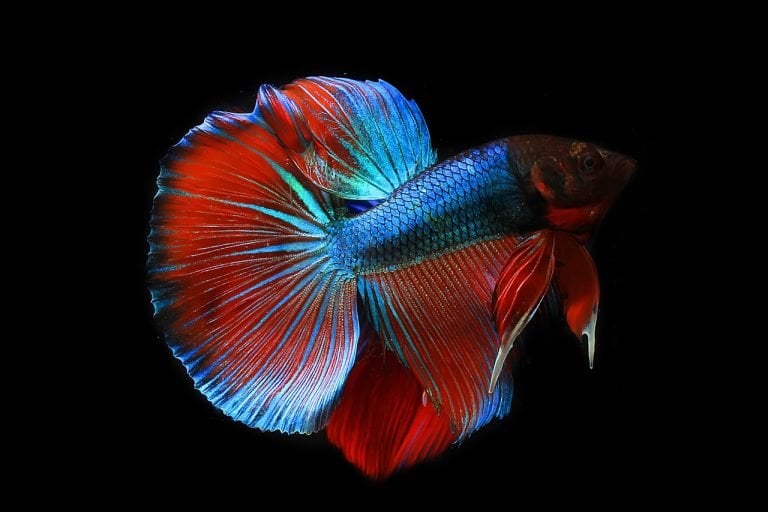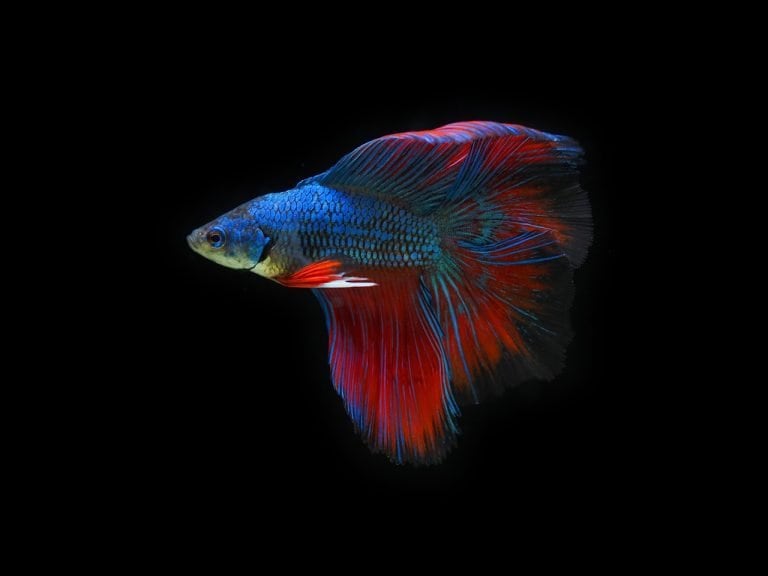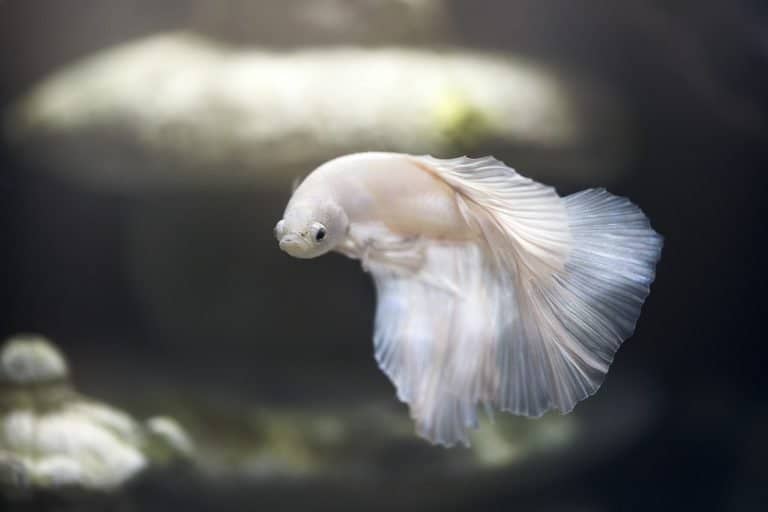In the intricate dance of aquatic life, the Betta fish, also known as the Siamese fighting fish, engages in a unique display of autonomy through the construction of bubble nests. This behavior, often observed by aquarists, is a testament to the Betta’s instinctual drive for species propagation and environmental mastery.
As custodians of these vibrant fish, it is incumbent upon us to comprehend the reasons behind such bubble nest building. This understanding not only empowers us to provide an optimal habitat that respects their natural inclinations but also enhances our appreciation for the delicate balance of freedom and care in the life of our aquatic companions.
‘Bubble Nests 101: Why Your Betta Fish Is Building Bubbles’ offers a professional exploration into the fascinating world of Betta fish and their bubble architecture, illuminating the principles behind this behavior and how to support their instinctual needs.
Key Takeaways
- Bubble nests are a natural reproductive instinct in betta fish and serve as a communication signal for potential mating.
- Bubble nests provide a secure location for fertilized eggs, protecting them from surface tension and predators.
- Nest construction involves the male betta fish gulping air and releasing bubbles coated with saliva, which provide structural integrity.
- Proper maintenance and monitoring of the bubble nest, along with optimal water conditions, are crucial for the health of future offspring.
Understanding Betta Behavior
Within the complex behaviors exhibited by betta fish, the construction of bubble nests is a fundamental reproductive instinct indicative of their readiness to mate. This behavior, while seemingly idiosyncratic, serves as an essential signal within betta communication, denoting a suitable environment for the potential offspring.
Males meticulously create these nests by secreting saliva bubbles at the water’s surface, an action driven by an innate biological imperative. However, it is crucial to discern this natural display from stress indicators that can manifest in erratic swimming or loss of coloration.
A comprehensive understanding of these behaviors is paramount for ensuring the well-being of betta fish, as it empowers aquarists to foster conditions that align with the intrinsic needs of these sentient beings, thereby advocating for their freedom to exhibit natural patterns of behavior.
The Purpose of Bubble Nests
Betta fish construct bubble nests to provide a secure location for their fertilized eggs, ensuring the survival of their progeny. The nest significance is twofold: it reflects the robust parental instincts of the male Betta and serves a vital role in the reproductive cycle. Within the labyrinth of bubbles, eggs remain oxygenated and protected from potential threats, including surface tension and predators.
- Protection and Oxygenation: Bubbles envelop eggs, offering a safeguarded environment and facilitating gas exchange.
- Parental Care: Demonstrates the male Betta’s commitment to offspring survival through meticulous nest construction and maintenance.
- Reproductive Success: Increases the likelihood of fry reaching maturity, contributing to the species’ continuity.
Analyzing the nest-building behavior of Bettas reveals a complex interplay of instinctual drives geared towards the perpetuation of their lineage.
How Betta Fish Build Nests
The construction of bubble nests by male Betta fish is a meticulous process. It involves repeatedly gulping air from the water’s surface and releasing it to form bubbles coated with saliva. This saliva provides the bubbles with structural integrity, allowing them to maintain form and coalesce into a floating matrix. Nest materials are not typically gathered as the bubbles themselves constitute the primary architecture of the nest.
Breeding triggers, such as the presence of a female Betta or optimal water conditions, often initiate this behavior. This leads to an increase in nest-building activity. The male Betta’s instinctual drive to reproduce is manifested in the diligent creation of these aquatic structures. It reflects a synthesis of innate behavior and environmental responsiveness.
The nest serves as both a courtship display to entice potential mates and a protective incubator for ensuing offspring.
Caring for Your Betta’s Nest
Proper maintenance of a bubble nest is essential to ensure the health and well-being of your Betta fish’s future offspring. Nest maintenance is a critical aspect that aquarists must vigilantly oversee to optimize the water conditions for the survival and development of betta fry. Attention to detail and regular monitoring are paramount to preserving the integrity of the bubble nest and the water environment within which it is constructed.
To captivate the audience, consider these key points: – Regular monitoring: Observing the nest daily for signs of deterioration or external disturbances. – Optimal water conditions: Maintaining water quality through frequent testing and adjustments to pH, hardness, and temperature. – Non-intrusive interaction: Avoiding unnecessary interference with the nest to prevent stress to the guarding male Betta.
Encouraging Healthy Nest Building
Aquarium enthusiasts can promote robust bubble nest construction by ensuring a stable, nurturing environment for their Betta fish.
To facilitate this, one must consider the nest location, which should offer a tranquil area within the aquarium, free from excessive currents that might disrupt the integrity of the bubble structure.
Furthermore, optimal water conditions are paramount. This encompasses maintaining a consistent temperature, ideally between 76 to 81 degrees Fahrenheit, and a pH level that mimics the Betta’s natural habitat, typically ranging from 6.5 to 7.5.
Regular monitoring and adjustments to these parameters, alongside the minimization of stressors, can lead to the proliferation of bubble nest building, indicating a content and healthy Betta ready for reproduction.




